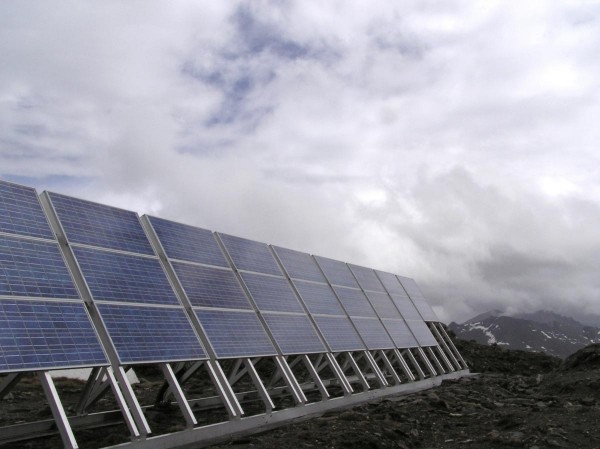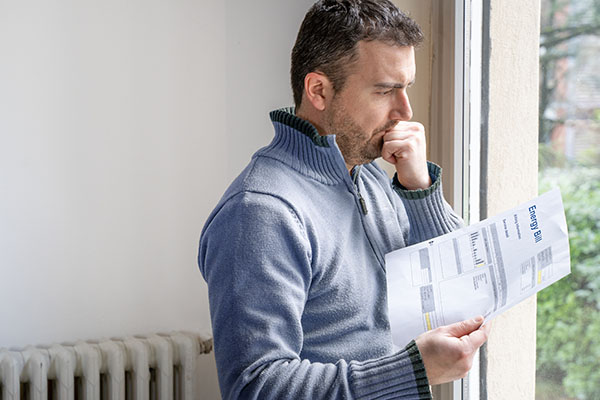
Onslow microgrid isn't purely powered by renewables for now
The microgrid isn't purely powered by renewables at all times. It has gas power available at the moment, but that will be used less and less. Horizon Power built an eight-megawatt gas-fired power station in Onslow, which was commissioned in 2018. It has received a significant financial contribution from Chevron Australia, which has invested more than $250 million in social and critical infrastructure in the community of Onslow as part of its State Development Agreement. "Investing in the power projects in Onslow means natural gas is partnering with renewables to deliver affordable, reliable and ever-cleaner energy for the town," Chevron Australia's Wheatstone Plant Manager Nigel Comerford said at the time. In 2019, Horizon Power reached a number of milestones on the Onslow Distributed Energy Resources Project. It passed the reliability testing of the solar farm and battery, as well as the first stage of an intelligent control system that ensures the increased renewables integrate effectively with the power system. The battery stores excess renewable energy from the solar farm and uses that energy to support the system during cloud events or other system disturbances. This integration allows the power station to run reliably and efficiently, reducing the need to run the gas generators and consequently reducing carbon footprint. Onslow customers have also been incentivized to install solar and batteries at their homes as part of the project, which tests the management of renewable energy in an isolated regional community. Horizon Power Chief Executive Officer Stephanie Unwin said that the work was a significant part of Australia's renewable energy transformation. "The benefit to the community from this stage of the project is more reliable, cleaner and greener power through the incorporation of utility-grade solar and battery assets into the power infrastructure," Unwin said.Some places are already running on approximately 100 percent renewable energy
Some places are doing better than others in generating power through renewable sources. Iceland is a country running on 100 percent renewable energy. It gets 75 percent of the electricity from hydropower and 25 percent from geothermal. The country then takes advantage of its volcanic activity to access geothermal energy, with 87 percent of its hot water and heating coming from this source. Costa Rica generated 98.53 percent of its electricity from renewable sources in the last four years. The country has an abundance of free-flowing water, which generates more than 78 percent of its electricity. Wind turbines, geothermal energy and solar made up the rest. According to the Costa Rican News, during the passage of the tropical storm "Nate" in October 2017, the country managed to maintain its electricity supply through the use of renewable sources. Rock Port, Missouri is a tiny town in the northwest of the U.S with a population of just 1,300. The town is located just in the right place to receive some of the nation's best wind resources. With Rock Port making the most of its location, it runs entirely off of wind power. It has four wind turbines that are connected to the grid and provide about 125 percent of the town's energy needs. Meaning, they can sell any unused power. Kodiak Island, the second-largest island in the U.S., Kodiak Island, has also gone 100 percent renewable. The island in Alaska, which has a population of 15,000, had a goal set by the Kodiak Electric Association (KEA) to produce 95 percent of the community's electrical needs with renewable energy by 2020. It has achieved that goal well ahead of time with 99.7 percent renewable power as early as 2015. Bruneck, a town in the north of Italy, gets all of its energy from a range of different renewable sources. For heating, it has rooftop solar thermal systems that provide water heating, a biomass plant and a biogas plant which is near a landfill site. The town's electricity comes from rooftop solar panels, small hydroelectric plants and a biogas plant that is fed by wood waste. Bruneck's primary school and fire station are completely self-sufficient from their rooftop solar panels. The town has a policy that requires that all the buildings have to meet up to 25 percent of their own energy needs with renewable sources, including 50 percent of their hot water needs. Those are just some of the places that have gone 100 percent renewable. Data published by the non-profit environmental research body CDP has shown that more than 100 cities across the world are predominantly powered by renewable energy as early as 2018. (Related: Over 100 cities worldwide are now using at least 70% renewable energy.) Follow Power.news for more news related to the electric grid and renewable power. Sources include: CleanTechnica.com EnergyMagazine.com.au WorldSmartCities.org Under30Experiences.comStudy: More than half of popular cosmetics sold in North America contain TOXIC CHEMICALS
By Ramon Tomey // Share
Narco-terror bank HSBC: Pushing “decarbonization” while financing China’s coal expansion
By News Editors // Share
PLAGUE: Brood X cicadas are now emerging in the Mid-Atlantic
By Divina Ramirez // Share
Half of all covid “variant” deaths occurring in people who were already vaccinated
By Ethan Huff // Share
Solar panels much more wasteful and toxic than widely believed, warns environmental policy expert
By Arsenio Toledo // Share
Dark chocolate compound linked to slower biological aging, new study reveals
By isabelle // Share
"We can't keep up": Soaring winter energy bills push Maryland families to the brink
By bellecarter // Share
China ends longstanding tax exemption on contraceptives in bid to boost birth rate
By lauraharris // Share
Israel suspends nearly 40 NGOs in Gaza, deepening humanitarian crisis
By bellecarter // Share
New research links aspartame to increased stroke risk
By avagrace // Share











